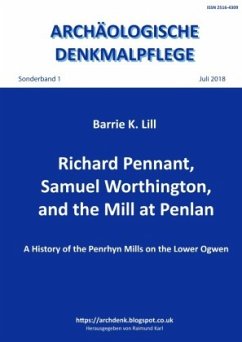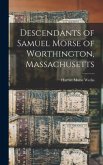On 24th March 1800 a lease was signed between Richard Pennant, owner of the Penrhyn Estate in Llandegai, north Wales, and a consortium of Liverpool merchants which included among them Samuel Worthington. The properties covered by the lease included three of the Estate's grist mills and the newly constructed flint mill at Penlan. The signing of this lease signalled a turning point in the industrial development of Llandegai, at the forefront of which was the flint mill. The mill was unique in several ways, being the only flint mill to be built in north Wales; having a direct link with the Herculaneum Pottery in Liverpool; being what probably was the first brick-built industrial building in Llandegai; and having what is believed to be part of the first iron-railed overland edge railway of any length in the world.During the course of its life, from 1796 to 1955, the mill underwent five phases of development. Beginning life as a flint mill, in 1835, it was converted for milling corn, retaining this function until the end of 1901. At around the same time the adjoining stable was built and in 1852 a warehouse extension and private railway siding were added. Further buildings were added in the 1880s. Another unusual feature was its water supply, which was designed not only to provide a power source for the mill itself but also to power the waterwheel, feed the aqueduct, and turn the turbine at the adjacent Felin Isaf site.The history of Penlan Mill is not just about a building but also about the principal characters who were involved in its construction and development; in particular Richard Pennant and Samuel Worthington. For anyone with an interest in the history of Llandegai and its development it is a story that deserves to be told.
Bitte wählen Sie Ihr Anliegen aus.
Rechnungen
Retourenschein anfordern
Bestellstatus
Storno








